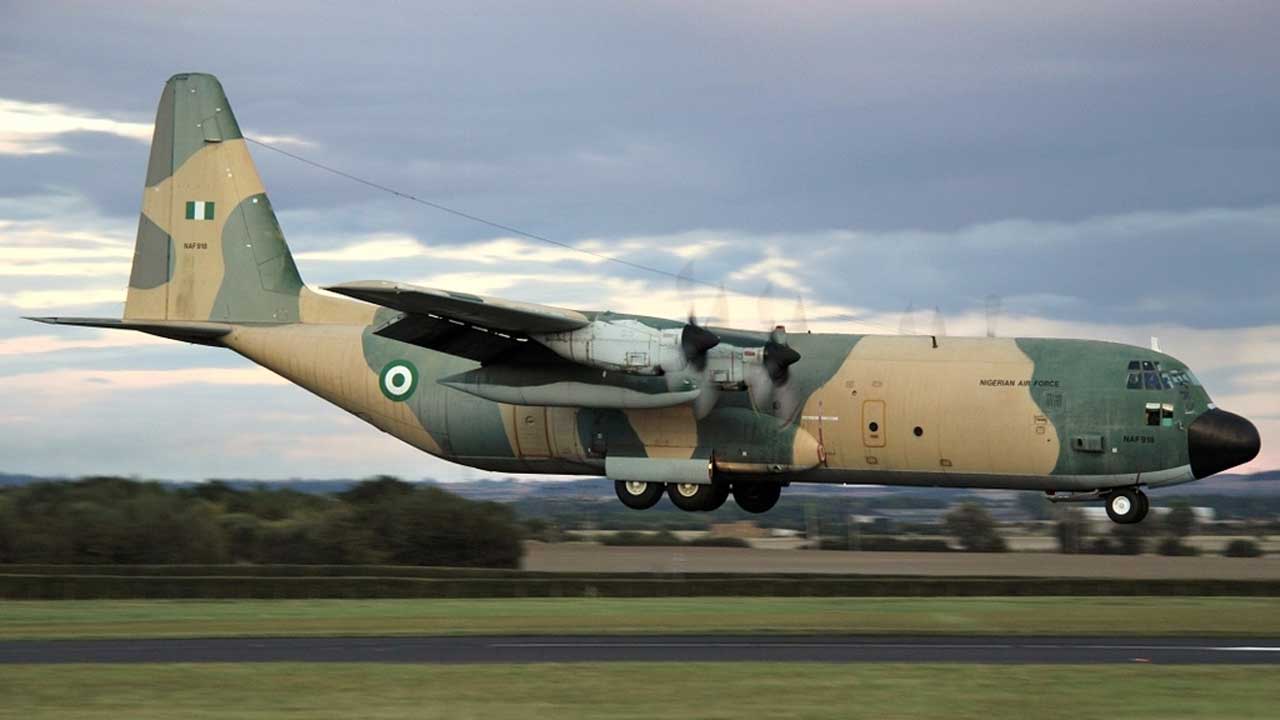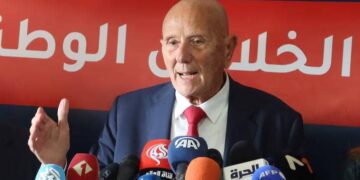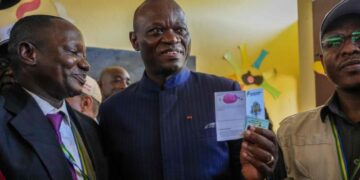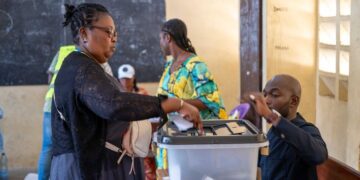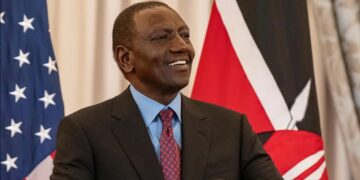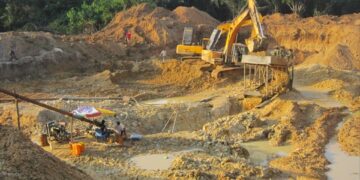On 26 September 1992 a Nigerian Air Force Lockheed C-130H Hercules crashed three minutes after take-off from Lagos, Nigeria. All 159 people on board were killed, including 8 foreign nationals. The aircraft was taking off at high weight and three engines failed, according to Wikipedia.
Wikipedia also quoted Some reports that claim there were 163 on board, others 174 or even 200 including some unidentified civilians, and possible military personnel who hitched a ride. In any case, a total 151 Nigerians, 5 Ghanaians, 1 Tanzanian, 1 Zimbabwean, and 1 Ugandan military officers were confirmed to have died.
Nigerian authorities gave sketchy figures of fatalities but reports suggest some 150 students of the Command and Staff College Jaji were involved in the saddest event in Military Aviation history in Nigeria. They were mostly Majors, Squadron Leaders and Lt-Commanders.
Saturday, September 26, 1992 was a perfect day for flying. There was an atmosphere of joy and anticipation amongst the passengers when the last of the 158 passengers took his seat at the rear of the aircraft.
They included the best and the brightest of the country’s military minds.
Shortly before 4:15pm, the air force Lockheed C130 Hercules got clearance from the control tower to take off.
Sitting in the cockpit were experienced pilot and Air force Wing Commander Justus P Alabosun and his copilot Wing Commander AS Mamadi.
The premonition of the great evil about to befall the passengers was present but the gods weren’t showing it.
Alabosun aligned the majestic bird on runway 1 momentarily holding at the threshold to have a quick glance at the instrument indicators in the cockpit before pushing the thrust lever forward slightly.
When the engines got to 40% of their power, he paused, glanced at the instruments again and when he was sure the engines were happy, he pushed the thrust lever fully forward giving the aircraft full power.
The four Allison T56 turboprop engines responded and Fat Albert thundered down the runway spewing wake effects of pure horsepower.
At exactly 4:16pm, the aircraft reached its take off speed and JP pulled the yoke.
Fat Albert elegantly raised its nose into the sunny, blue skies and its tyres departed the asphalt of runway 1 in a rendezvous with fate.
As it banked left to head north, sunbeams bounced off its body as it basked in the sun’s pleasant warmth. Like a peacock, it showed off the vibrant camouflage colors slapped on its fuselage when it turned it’s under belly to eyewitnesses who watched it depart.
The journey from western Nigeria to the North was just over an hour, a relatively short trip. As fat Albert leveled and was about to climb to its authorized altitude, the outer starboard engine backfired and stopped abruptly. Lockheed C130s are built to accommodate catastrophic engine failures of up to two engines, so there was no sense of panic on the flight deck when they lost one.
Alabosun radioed the control tower as he made a steep left turn, heading back to the airport.
“Control, this is NAF 911.”
“Go ahead NAF 911.”
“Engine failure, starboard side, coming back to base.”
“Are you declaring an emergency?”
“No.”
With those words, Alabosun started trimming the plane for a three-engine lift while feathering the non-functioning engine as he tried to find the airport in the distance.
Then, a second engine failed. This time inner starboard.
“Control this is NAF 911.”
“Go ahead NAF 911.”
“May-day, May-day, second engine failure. Starboard inner.”
“Acknowledged NAF 911, runway 1 is clear for you.”
When the second starboard engine failed, it became apparent to the crew that a return to the airport was no longer feasible.
Two-engine failures on the same side meant fat Albert no longer had sufficient power to maintain lift and negotiate a correct lineup with the runway and a safe return to the airport.
The lack of power from the starboard side dipped the plane to the right, meaning the left turn to the airport was now impossible.
“Control, we are heavy, we can’t make it back to base.”
Alabosun looked out of the cockpit window trying hard to find a safe place to put the stricken bird.
His eyes darted from side to side as they scanned the landscape below looking for hope land but there was none.
He saw a football pitch at a 45-degree heading, then he looked again, he could make out tiny figures playing on the pitch. He decided against it.
Then he spotted the swampland and decided to put the bird down in the mud.
“Control, we will be in the swamps.”
“Repeat NAF 911.”
“We will be in the swamps.”
“We can see the swamps, we will make it there.”
“Good luck NAF 911, rescue is on its way.”
“God be with you.”
Confidently, and with the calm of a seasoned pilot, Alabosun lined up the stricken craft with the swamp right in front of him, and then prepared for water landing.
“Its fine, we’ll be fine,” Alabosun said as he turned to look at his copilot for the first time since the emergency began.
The reassurance perhaps mostly for himself.
Without warning, the third engine failed.
“Mayday, Mayday, Portside engine failure.”
“Mayday, control, we are going down.”
“Control . . . . “
“Control, we are going down.”
“NAF 911 this is control, what?”
Alabosun and Mamadi struggled with the yoke, pulling it with all their might.
“Control, we are going down.”
“This is it. . .”
“How can I Alabosun, tell the world I can’t save this plane?.”
Fat Albert’s nose dipped and it went down, nose first into the swamp. The right wing tore off on impact, then the tail as the fuselage propelled deep into the mud.
“NAF 911, this is control, please respond.”
“NAF 911, please respond.”
“NAF 911, are you there?”
Fat Albert’s flight took a total of three minutes. Its belly contained the cream of the Nigerian armed forces, predominantly middle ranking officers. Fat Albert took them all to its muddy grave.
Eerie playback of the radio transmission between the flight deck and the control tower portrayed a calm-till-the-very-end pilot trying in vain to save his aircraft and his passengers. 158 passengers including 5 crewmembers perished with the aircraft that Saturday afternoon, making it one of the worst accidents in military aviation history.
The crash of NAF 911 remains unsolved.
This piece is dedicated to all 158 people who perished when NAF 911 crashed on that Saturday afternoon

By CaisyGidson
Credit: Kole Obasa, Wikipedia, New York Times
